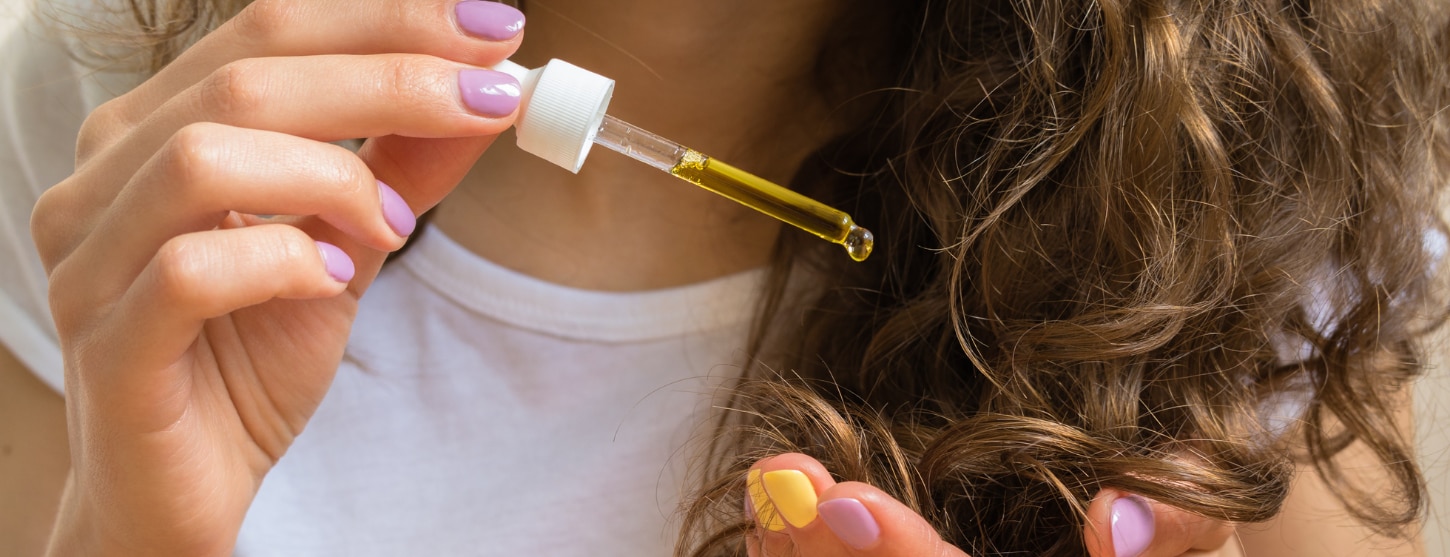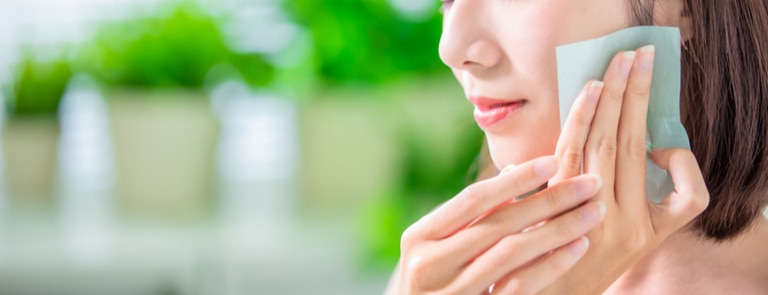10% off £35
Evening primrose oil: Benefits, dosage, side effects, uses & more

Summary
1What is evening primrose oil?
Evening primrose oil is the oil that’s extracted from the seeds of the yellow evening primrose wildflower, Oenothera biennis.
210 benefits of evening primrose oil
So what does evening primrose do in the body? Indigenous Americans would use the leaves and bark of the evening primrose plant for stomach complaints.
3Dosage
It’s believed to be safe for adults to take 500mg of evening primrose oil a day, and even, up to 1,300mg a day.
Evening primrose is a plant that’s most commonly found growing throughout Europe and North America.
It’s long been used for all sorts of medicinal purposes, with the Native Americas using the leaves, roots and seed pods to make remedies for bruises, wounds and skin problems.1
Keep reading to find out all about evening primrose oil, including what it does, the benefits of taking it and how much of it you should take.
What is evening primrose oil?
Summary
10 benefits of evening primrose oil
Dosage
- Are on blood-thinning drugs like Warfarin – this is due to the fact EPO has blood-thinning effects.
- Are due to have surgery in two weeks – EPO may cause excessive bleeding if you continue to take it right up until your surgery date.
- Have epilepsy, schizophrenia or any other seizure disorder - there’s a chance evening primrose oil may increase the risk of seizure.
- Are pregnant - EPO can cause complications and may increase the risk of miscarriage or induced labour.
When to take evening primrose supplements
Summary
Evening primrose side-effects
- Nausea
- Diarrhoea
- Indigestion
- Headaches
- Allergic reactions (this is rare) - if you notice a rash, itching or breathing difficulties after taking it, seek medical attention immediately
- Increased risk of bleeding – if taken alongside anticoagulant and antiplatelet medication
- Increased risk of seizures – among people taking medication (phenothiazine) for schizophrenia and other psychotic disorders
- A drop in blood pressure – in people who are on medication to lower their blood pressure; EPO may reduce it even further
- Cause seizures – if you take it at the same time as being given an anaesthetic
Summary
Last updated: 6 September 2021
- https://www.webmd.com/vitamins-and-supplements/evening-primrose-oil-uses-and-risks
- https://www.sciencedirect.com/topics/neuroscience/primrose-oil
- https://www.medicalnewstoday.com/articles/263027
- https://www.ncbi.nlm.nih.gov/pmc/articles/PMC3081099/
- https://www.healthline.com/health/evening-primrose-oil
- https://www.healthline.com/health/evening-primrose-oil
- https://www.encyclopedia.com/literature-and-arts/art-and-architecture/art-general/evening-primrose-oil
- https://www.ema.europa.eu/en/documents/herbal-summary/evening-primrose-oil-summary-public_en.pdf
- https://pubmed.ncbi.nlm.nih.gov/23625331/
- https://www.rcog.org.uk/globalassets/documents/patients/patient-information-leaflets/gynaecology/pi-managing-premenstrual-syndrome-pms.pdf
- https://pubmed.ncbi.nlm.nih.gov/6350579/
- https://www.ema.europa.eu/en/documents/herbal-summary/evening-primrose-oil-summary-public_en.pdf
- https://www.healthline.com/health/evening-primrose-oil
- https://www.cochrane.org/CD004416/SKIN_oral-evening-primrose-oil-and-borage-oil-eczema
- https://pubmed.ncbi.nlm.nih.gov/24553997/
- https://pubmed.ncbi.nlm.nih.gov/1913008/
- https://www.versusarthritis.org/media/1337/complementary-and-alternative-medicines-report.pdf
- https://www.verywellhealth.com/the-benefits-of-evening-primrose-oil-89561
- https://www.webmd.com/vitamins/ai/ingredientmono-1006/evening-primrose-oil
- https://www.webmd.com/vitamins/ai/ingredientmono-1006/evening-primrose-oil
- https://www.webmd.com/vitamins/ai/ingredientmono-1006/evening-primrose-oil
- https://www.webmd.com/vitamins/ai/ingredientmono-1006/evening-primrose-oil
- https://www.webmd.com/vitamins/ai/ingredientmono-1006/evening-primrose-oil
- https://www.ema.europa.eu/en/documents/herbal-summary/evening-primrose-oil-summary-public_en.pdf
- https://www.mayoclinic.org/drugs-supplements-evening-primrose/art-20364500
- https://www.verywellhealth.com/the-benefits-of-evening-primrose-oil-89561
- https://www.ema.europa.eu/en/documents/herbal-summary/evening-primrose-oil-summary-public_en.pdf
- https://www.webmd.com/vitamins-and-supplements/evening-primrose-oil-uses-and-risks#2
- https://www.webmd.com/vitamins-and-supplements/evening-primrose-oil-uses-and-risks#2














